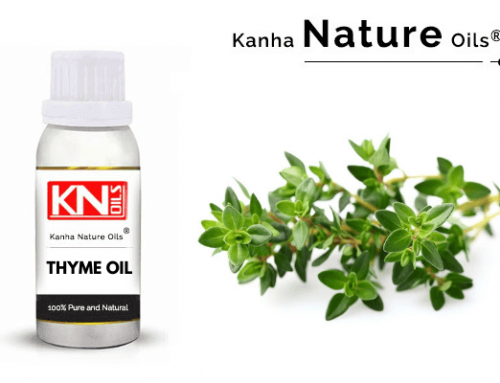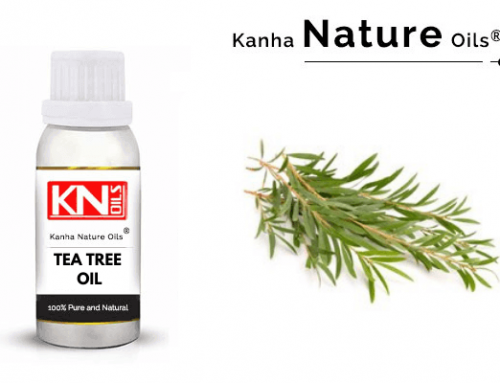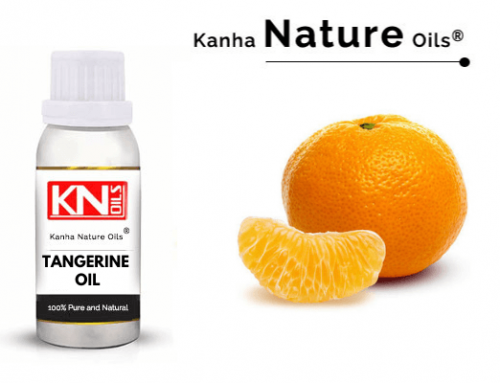LAVENDINE OIL

- Botanical Name: Lavandula hybrida
- CAS No.: 8022-15-9
- EC No.: 294-470-6
- FEMA No.: 2618
- Flash Point (°C): 65
- Refractive Index: 1.4580 to 1.4740 at 20°C
- Specific gravity: 0.8870 to 0.9140 at 25 °C
- Optical Rotation (°):-2.00 to -6.00
- Color:Pale yellow liquid
- Solubility: Soluble in alcohol, oils, organic solvents, insoluble in water
Description:
The Lavandin plant originated in the valleys of France. Lavandin is a hybrid plant produced by cross-pollination of the Lavandula angustifolia (True Lavender or English Lavender) and Lavandula latifolia (Spike Lavender or Portuguese Lavender). The yield of the crop was much greater relative to True Lavender. The production of Lavender essential oil is five times less than Lavandin oil. Major producing lavandin oil-producing countries are France, Spain, Italy, and Germany.
The difference between Lavender essential oil and Lavandin essential oil is that Lavandin oil contains a much higher percentage of camphor (6%-10%) whereas Lavender essential oil contains between 0%-0.6% camphor. This means that the smell of Lavandin oil is stronger and more pungent and Lavender oil has a milder, sweeter smell. The common method of essential oil extraction is the steam distillation of foliage and flowering tops.
Cultivation and Harvesting:
The Lavandin plant originally grew in the wild in the valleys of France. Later on, it was realized by the cultivators that the yield of the Lavandin crop is much more than the true Lavender, making it more attractive for commercial farming and lavendin oil is cheaper than true lavender oil. Lavandin is an evergreen perennial shrub that requires less fertilizer and pesticide, grows in well-drained, sandy, loamy soils with pH from 6.5 to 7.5. Lavandin grows well with neutral to very slightly acidic or very slightly alkaline soil conditions. After the Second World War, the production of lavender oil reduces to a greater extent. During the year 1950, the average annual production of lavender in France dropped from 150,000 kg to 50,000 kg, whereas during that period the production of lavandin oil increases to a greater extent (approximately 280,000kg).
The leaves of Lavandula hybrida contain essential oil from 1 to 5.8%. The main constituents of Lavandin Essential Oil include Linalool, Linalyl Acetate, Camphor, and 1,8-Cineole. Other constituents, present in smaller proportions, include Terpinen-4-ol, Borneol, β-Caryophyllene, and Lavandulyl Acetate
Odor profile:
Camphoreous soapy floral balsamic
Major Constituents:
Linalool, Linalyl Acetate, Camphor, 1,8-Cineole, Terpinene-4-ol, Lavandulyl Acetate, Borneol, β-Caryophyllene.
Application:
~ Lavandin essential oil pungent and camphoreous, it is used in industrial products like soaps, detergents, floor cleaners, deodorizers, toilet cleaners, sanitizers, insect repellent, and personal care products also.
WHY SHOULD YOU ASK
our latest catalog
We just want our customers to see how our industry prices are simple & best fit for them. For this you need to be updated from our side on daily basis. Ask our updated latest catalog with latest pricing. One more thing! our three fundamentals never change. We are committed with best price, purity & inhouse variety manufacturing. Want to know what they are? Find it here.




